Imagine you’re traveling in a new country where you don’t speak the language.
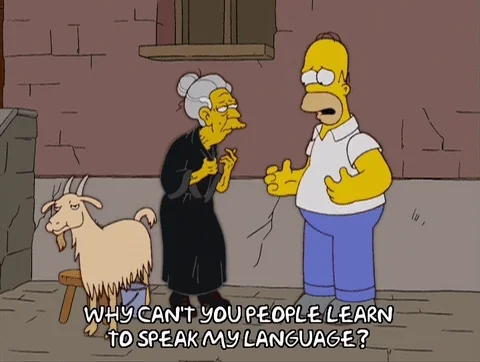
What if you could just pull out your phone, snap a picture of a street sign, and have AI instantly tell you what it says in your own language?
That’s just one of the many ways AI for translation can be useful across languages — connecting you to the rest of the world like never before. 🌏
What is AI for Translation?
AI can translate words, phrases, and even entire conversations from one language to another.
Unlike older methods, such as using a phrasebook, AI learns from massive amounts of text, allowing it to improve over time. This allows it to handle complex tasks, like understanding slang, cultural references, and context.
 Photo by Small Group Network on Unsplash
Photo by Small Group Network on UnsplashAI is behind popular apps like:
These tools use AI to make language learning and communication faster and easier for everyone.
Types of AI Tools Used for Translation
AI has created different types of translation tools that make it easy to understand and communicate across languages. Here are two main types of tools that use AI for translation:

1. Machine Translation (MT) Tools
These tools translate text automatically, often in bulk, and work well for websites, documents, and everyday phrases. Machine translation tools are ideal for quick translations and are usually accessible on both smartphones and computers. 📲
Examples: Google Translate, Microsoft Translator, and iTranslate.
How they help: You can use them to understand a foreign website, translate homework, or read social media posts in other languages.
2. Conversational AI Translators
These tools focus on real-time translations during conversations, making them perfect for live chats, video calls, or in-person conversations. Conversational AI tools are more advanced because they can often translate spoken language and recognize context clues to keep the conversation flowing naturally. 🗣️
Examples: Microsoft Translator’s conversation mode, and specific translation features in voice assistants like Siri or Google Assistant.
How they help: Perfect for international gaming chats, asking directions while traveling, or understanding on-the-go conversations in another language.
AI for Translation in Everyday Life
AI-powered translation tools are cropping up everywhere, helping people connect across languages in ways we might take for granted.
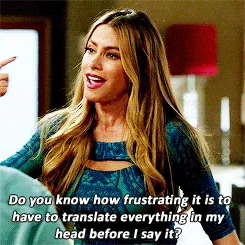
Here are some common situations where AI for translation makes life easier and more fun:
1. Gaming
Many multiplayer games use in-game chat translation to help players from around the world communicate. AI helps translate chat messages in real-time, so you can strategize, make friends, or just chat with teammates regardless of their language.

Example: Tools like Microsoft Translator are integrated into some gaming platforms to help bridge language gaps.
2. Social Media
Platforms like Instagram and Facebook use AI to translate posts, captions, and comments instantly. This makes it easier to connect with influencers, celebrities, or friends who post in other languages.
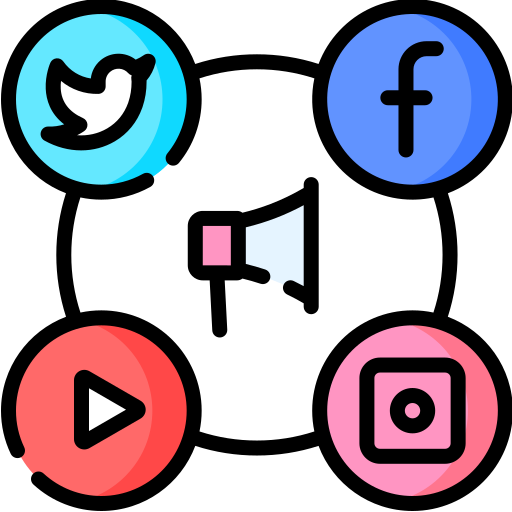
Example: Instagram’s “See Translation” feature automatically translates captions and comments, giving you access to posts from around the world.
3. Travel Assistance
AI for translation is a must-have for travelers! Many translation apps help with reading signs, understanding menus, or asking for directions in other countries.

Example: Google Translate’s camera feature lets you hold your phone over a sign or menu and see the translation instantly.
4. Language Learning Support
While not a replacement for traditional language-learning techniques, like having a good teacher, translation tools can be great for practice or for help when you get stuck. They can assist with pronunciation, understanding tricky phrases, or finding the right words in conversations.
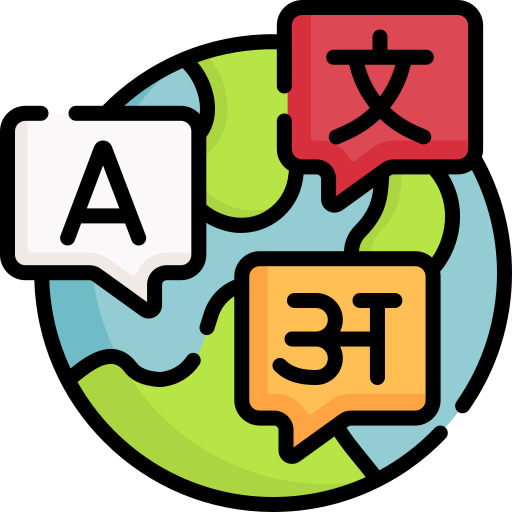
Example: Microsoft Translator and iTranslate offer pronunciation help, which is great for language learners looking to improve their speaking skills.
5. Shopping on International Sites
Ever wanted to buy something online from another country? AI translation tools help translate product descriptions and reviews on foreign websites, making it easier to shop globally and understand exactly what you’re buying.

Example: Google Translate’s web browser extension translates entire web pages to your language.
Benefits and Limitations of Using AI for Translation
Benefits
Quick and convenient: AI translation tools provide instant translations, saving time and making it easy to communicate in different languages on the go.
Access to multiple languages: Most translation tools support dozens (or even hundreds) of languages, making them versatile for use worldwide.
Learning through use: The more AI for translation is used, the better the tools get! These tools learn from user input to improve accuracy over time.

Limitations
Lacks cultural nuance: AI for translation struggles with context and cultural differences, leading to awkward or inaccurate translations, especially with idioms or slang.
Missing tone and emotion: AI translations sometimes miss the tone, formality, or emotions behind words, leading to translations that feel “off".
Errors with complex grammar or structure: Certain complex sentences or grammar structures can confuse AI, especially in languages with non-standard sentence structures.

Test Your Knowledge
Imagine you're chatting with a friend you met online who lives in another country and speaks a different language.
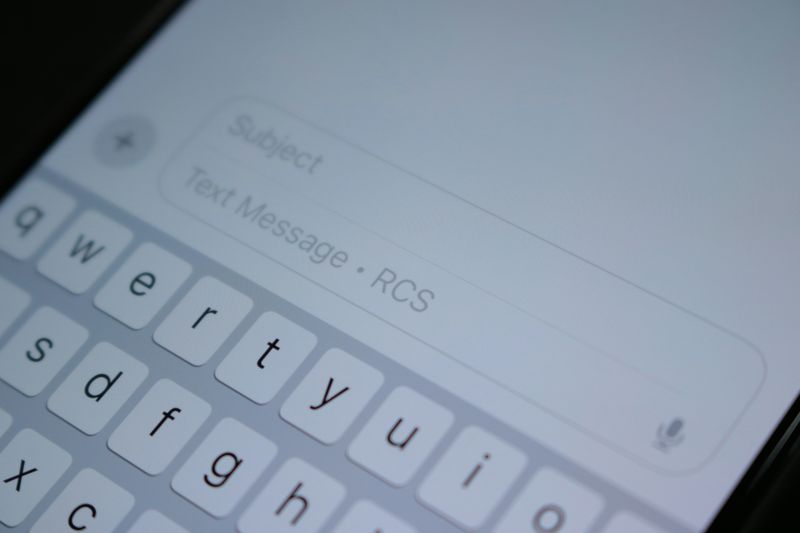 Photo by Samuel Angor on Unsplash
Photo by Samuel Angor on UnsplashThey send you a funny message in their language, and you’re eager to understand the joke. You decide to use an AI translation app to figure out what it says.
Which strategies are best to make sure you understand your friend’s joke correctly?
A. Use the translation app, but keep in mind it might miss some of the cultural context or humor.
B. Run the joke through two different translation apps to compare results.
C. Ask the AI app to translate the message twice to improve accuracy.
D. Ask your friend to rewrite the message in simpler language for easier translation.
Quiz
Which strategies are best to make sure you understand your friend’s joke correctly? Select all that apply:
Take Action
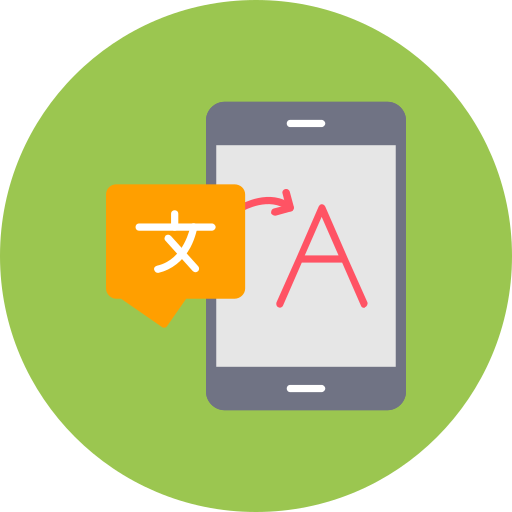
If you’re interested in learning more about AI for translation or want to try out some translation tools, here are a few ways to get started:
Your feedback matters to us.
This Byte helped me better understand the topic.
